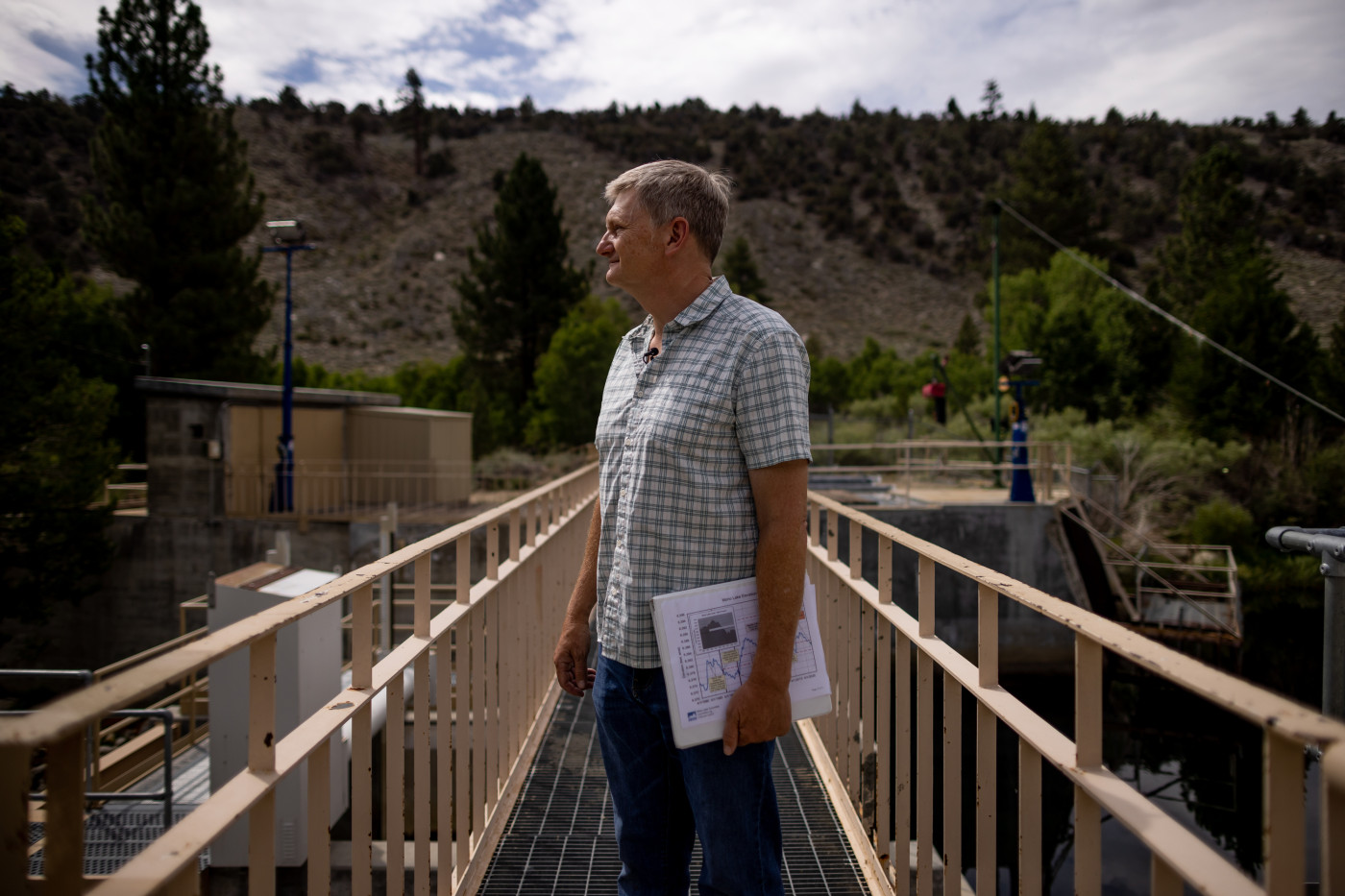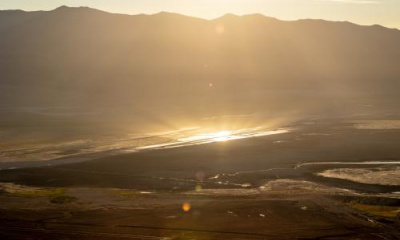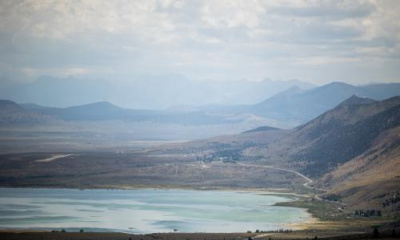- Like the Great Salt Lake, Mono Lake is too salty for fish, which means brine shrimp thrive. But the lakes have different species of shrimp: Artemia franciscana live in the Great Salt Lake and Artemia monica live in Mono Lake. Both shrimp have unique life cycles, giving birth to live young when the weather is warm and the algae plentiful. But with the onset of winter, the shrimp lay cysts. Those cysts hatch when temperatures become favorable again.
- One big difference between the species is that Mono Lake’s shrimp cysts sink, while the Great Salt Lake cysts float. Brine shrimp cyst harvesting has ballooned into a multimillion-dollar industry in Utah because floating cysts are easier to collect, package and ship. Live shrimp are harvested at Mono Lake to feed exotic pet fish, but on a much smaller scale.
- Mono Lake is currently the largest active source of human-caused dust pollution in the United States, recently eclipsing Owens Lake for that title after the Los Angeles Department of Water and Power conducted an expensive remediation effort at the latter. And like Owens Lake, Mono Lake’s dust is a result of diversions from its tributary streams.
- Mono Lake, however, is blocked from having its water siphoned away entirely and becoming a dry salt flat like Owens Lake. That’s because advocates and environmental nonprofits successfully argued in court that California had a duty to protect natural resources like Mono Lake for the benefit of the public. Utah has different politics and the Great Salt Lake is a lot larger and a lot more complicated, with more cities, farmers and industries tapping its tributaries. It’s unclear whether the same legal strategy would succeed in the Beehive State.
- Despite a state order mandating Mono Lake rise to 6,392 feet above sea level, it remains far short of that target — even after years of reduced water consumption by LADWP. Like Utah, L.A. faces pressure from population growth and aridification fueled by climate change. Officials there say Mono Lake’s targets need reconsideration as water supplies grow more uncertain.
- The Great Salt Lake and Mono Lake provide critical staging ground for millions of birds as they move on their migration path across the Western Hemisphere. One of those species is the California gull, Utah’s state bird. And like the Great Salt Lake, Mono Lake has islands that protect birds from predators during vulnerable nesting periods. But when the water gets too low, it puts at risk the islands, habitat and food sources.
What's your response to At Water's Edge?
Does this reporting project make you feel hopeful? Concerned? Inspired? Surprised?
Selected responses will be used on social media, on our website or in our newsletter.
Five things to know about Mono Lake
- Details
- By Leia Larsen
- Category: Salt Lake Tribune









